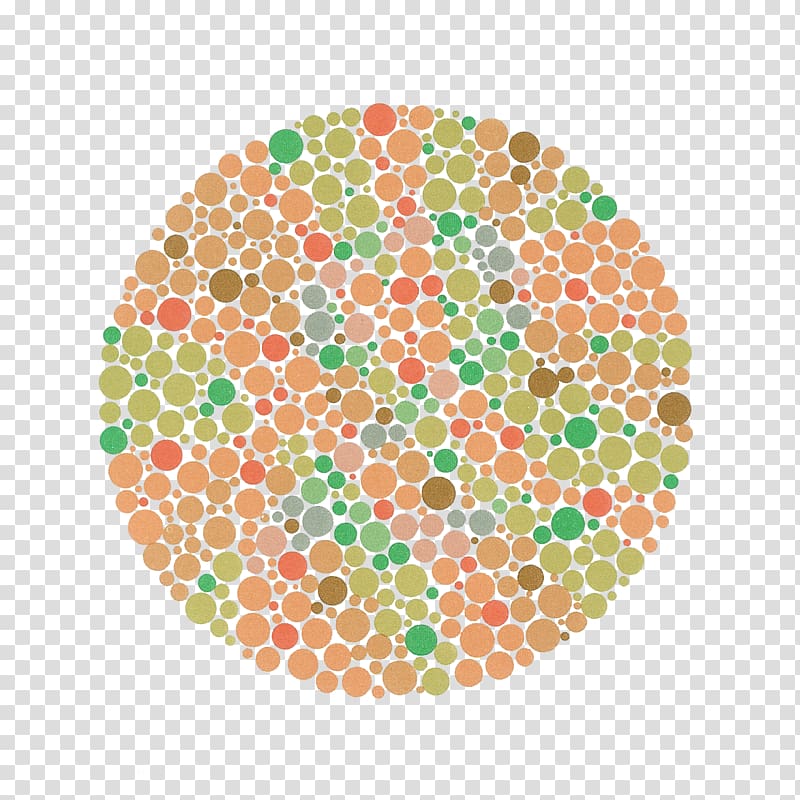

The first indication of colorblindness generally consists of a person using the wrong color for an object, such as when painting, or calling a color by the wrong name. This section will focus only on color blindness as a symptom.Ī colorblind subject will have decreased (or no) color discrimination along the red-green axis, blue-yellow axis, or both, though the vast majority of the colorblind are only affected on their red-green axis. 3.1.2 Genetics of blue-yellow color blindnessĬolor blindness describes both a symptom of reduced color perception, as well as several conditions where colorblindness is the primary – or only – symptom.3.1.1 Genetics of red-green color blindness.The effect of color blindness on artistic ability is controversial, but a number of famous artists are believed to have been color blind. In certain countries, color blindness may make people ineligible for certain jobs, such as those of aircraft pilots, train drivers, crane operators, and people in the armed forces. The ability to see color also decreases in old age. Red–green color blindness affects up to 1 in 12 males (8%) and 1 in 200 females (0.5%). Red–green color blindness is the most common form, followed by blue–yellow color blindness and total color blindness. Mobile apps can help people identify colors. Special lenses such as EnChroma glasses or X-chrom contact lenses may help people with red–green color blindness at some color tasks, but they do not grant the wearer "normal color vision". Diagnosis may allow an individual, or their parents/teachers to actively accommodate the condition. Screening for color blindness is typically done with the Ishihara color test. Color blindness can also result from physical or chemical damage to the eye, the optic nerve, or parts of the brain. Non-color-blind females can carry genes for color blindness and pass them on to their children. Males are more likely to be color blind than females, because the genes responsible for the most common forms of color blindness are on the X chromosome. The most common cause of color blindness is an inherited problem or variation in the functionality of one or more of the three classes of cone cells in the retina, which mediate color vision. People with total color blindness (achromatopsia) may also be uncomfortable in bright environments and have decreased visual acuity. However, issues are generally minor, and the colorblind automatically develop adaptations and coping mechanisms. Color blindness may make some academic activities more difficult. It can impair tasks such as selecting ripe fruit, choosing clothing, and reading traffic lights. Red–green: 8% males, 0.5% females (Northern European descent) Ĭolor blindness ( color vision deficiency) is the decreased ability to see color or differences in color. Genetic ( inherited usually X-linked) Īdjustments to teaching methods, mobile apps


 0 kommentar(er)
0 kommentar(er)
